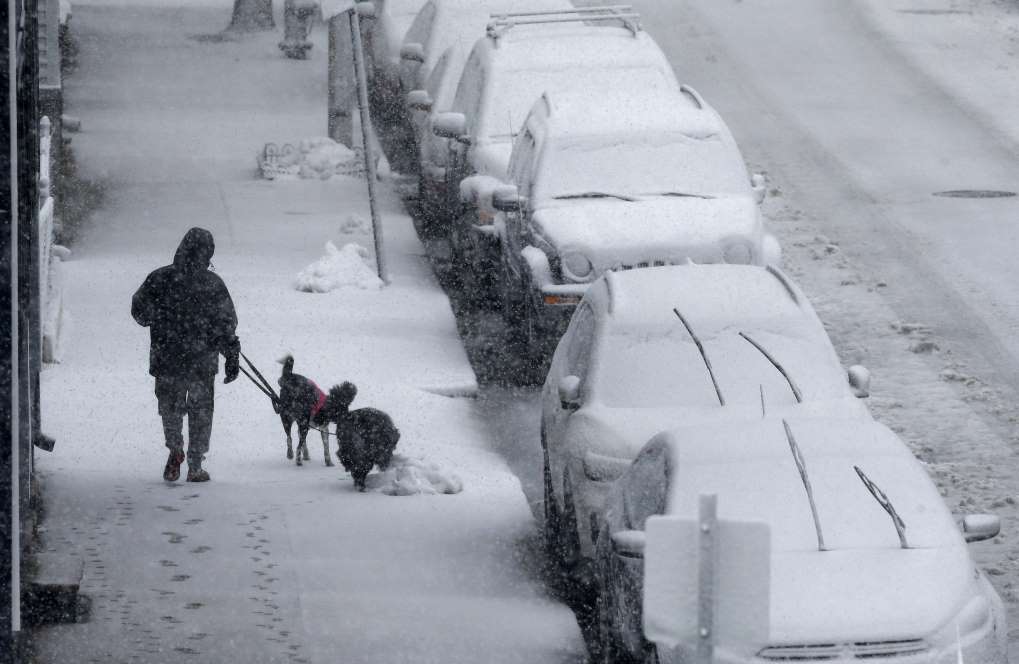July 27, 2014
How India has come to be known as the second most racist country in the world.

The majority of northeastern migrants rent apartments in the former villages of the capital because rents are much lower than in the city’s upmarket enclaves.
July 27, 2014
How India has come to be known as the second most racist country in the world.

The majority of northeastern migrants rent apartments in the former villages of the capital because rents are much lower than in the city’s upmarket enclaves.
“It’s sad that Nido had to die for us to be able to speak out openly of how unwelcome we feel in this city.” The tragic death of the 19-year-old college student from Arunachal after a hate attack by shopkeepers in a South Delhi market in January 2014 was like the breaking of a dam; it broke public silences about discrimination and bigotry that people from India’s northeastern states endure routinely in the country’s capital.
The majority of northeastern migrants rent apartments in the former villages of the capital because rents are much lower than in the city’s upmarket enclaves. These apartments are usually owned by the village’s original residents, often Jat and Gujjar communities, who still tend to live under the sway of male elders who are typically patriarchal and conservative.
Since these culturally diverse peoples — Jats and Gujjars on the one side and the northeastern migrants on the other — are forced to live in such intimate proximity because of mutual economic dependence, it leads to reciprocal suspicion and stereotyping. After Nido’s death, some students, teachers and rights activists constituted a North East India Forum against Racism to battle discrimination and violence, which they characterize as racism. They felt it would be worthwhile to undertake a series of dialogues between the original residents of these Delhi ‘villages’ and their northeastern neighbors, and requested us in Aman Biradari to help organize these. I moderated the first conversation on an early summer evening in Humayunpur, near Delhi’s Deer Park.
The room slowly filled up with young northeastern tenants and Jat and Gujjar landlords — conservatively dressed patriarchs and their sons in trendy shorts — but no women. There were also a few policemen. The mood was initially awkward, as both sets viewed one another apprehensively across the room. I urged people to speak openly about their concerns and, once the exchanges began, prejudices rapidly tumbled out into the open.
Local landlords charged young men from the northeast with organizing noisy late-night drunken parties, often ending in brawls with men urinating on the streets. The northeastern residents hotly denied this, arguing that locals should not generalize from a few stray incidents. The police officers were on their side, testifying that northeastern men were not involved in an unusual number of drunken brawls.
The locals were unconvinced, so I asked them to consider whether unruly drinking was a problem only for the northeastern people. The elders conceded reluctantly that Jat and Gujjar men also drank, but claimed that only 10 per cent of their boys created a public nuisance when inebriated. The northeasterners insisted that it was exactly the other way around: far more local boys were rowdy when intoxicated than boys from their communities.
A Manipuri tenant living in Delhi from 1998 said, “We all make mistakes. We should just learn to be more tolerant of one another.” But this competing arithmetic of disorderly drunkenness between the communities remained unresolved. However, after the meet, local young men could not resist a macho boast: “When a Jat drinks whiskey, he becomes risky.” And laughed that perhaps their real grouse was that no one invited them to the rocking parties!
The northeastern tenants complained that landlords objected to the smell of their cooking, especially fish. “But we are also unused to the smells of your foods. If we have learnt to live with the odour of your foods, why can’t you try to learn to live with the smells of ours?” They also spoke of being burdened with higher rents, abrupt terminations and intrusive landlords when compared to tenants from other parts of India.
The subject shifted to the short dresses that northeastern girls allegedly wear. This offends the local elders, since they believe it contributes to violence against the girls. A spirited young Manipuri woman pointed to the shorts of most local young men, asking whether this entitles her to rape them! This led to a predictable uproar, almost disrupting the meeting. Another young woman declared that if she does not wear saris or salwar suits, this does not make her less Indian. A gentle Khasi professor tried to reason: “It is not how you dress or the length of your dress that matters, but whether you know how to respect other people.”
Based on a survey that asked people in 80 countries whether they were willing to live with a racially distinct person as their neighbor, a recent UN study concluded that India was the second most racist country in the world. This finding may surprise many of us. But should it really?
Courtesy: Hindu
















































































































